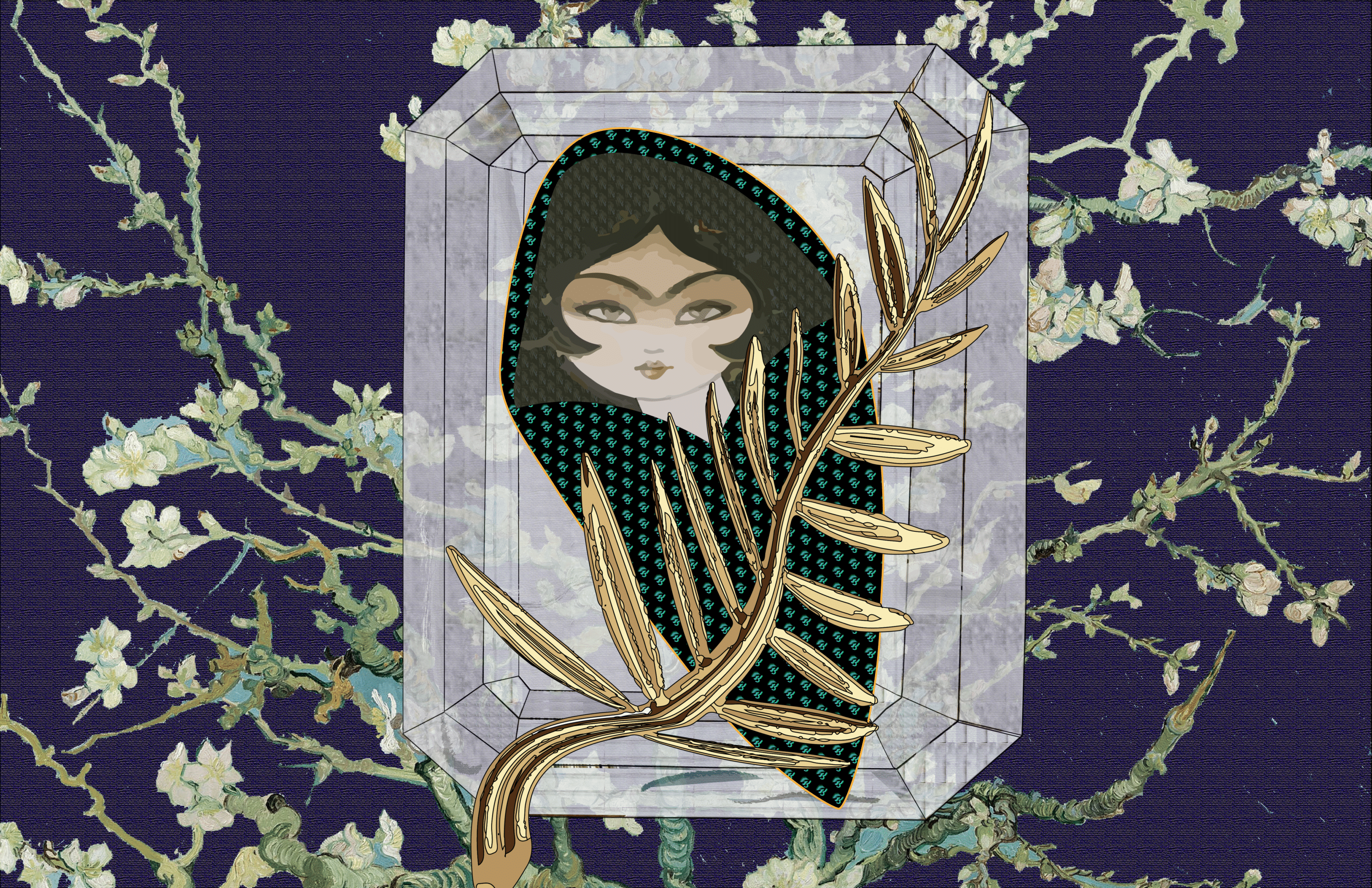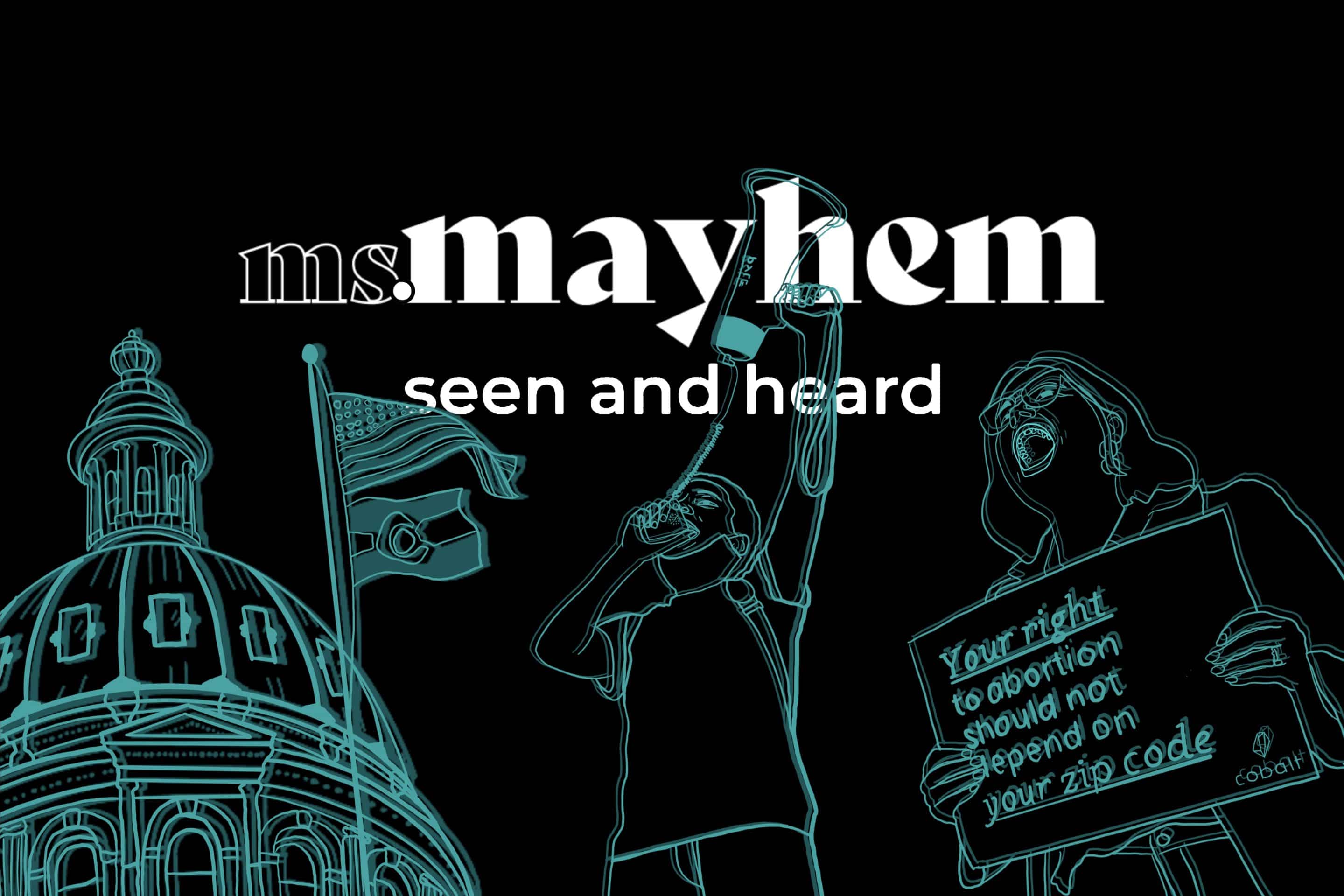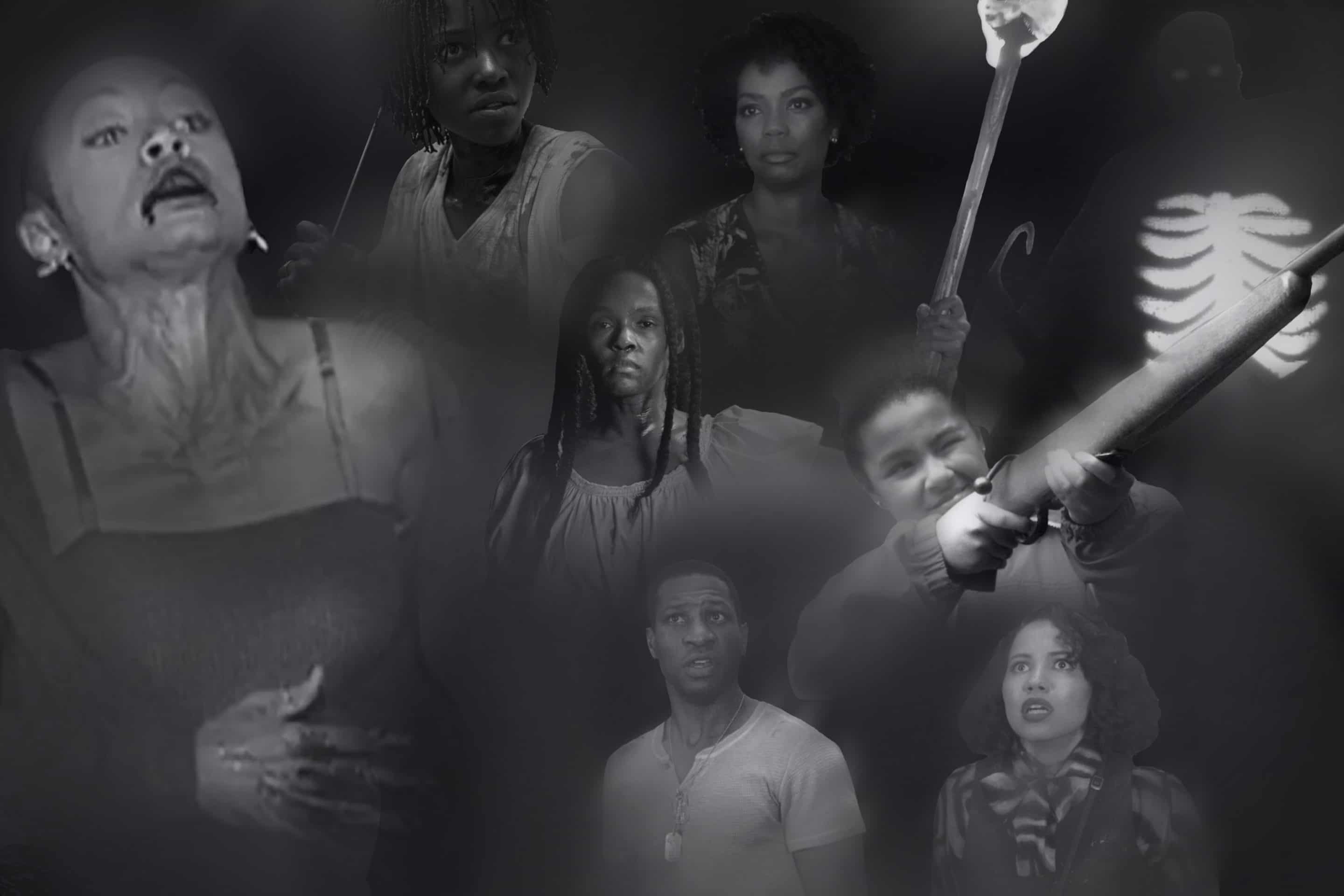//Illustration by Padideh Aghanoury | [email protected]
For weeks, buzz surrounding the July Cannes Film Festival stayed at an understated but steady hum. Nearly absent from the front pages of culture-critiquing stalwarts like Variety or Deadline, articles covering the films slated for premieres and poised for awards trickled out nonetheless, including the award-winning Iranian director Asghar Farhadi’s newest film, “A Hero” (قهرمان, or ‘Ghahreman’).
Yet when “A Hero” won the Grand Prix, the second-highest accolade at Cannes, the film press fell silent. As journalists rushed to laud the winner of the Palme d’Or, the highest award, the news of the two-time Oscar winner’s 10th feature film—the first Iranian film to earn a Grand Prix—was reduced to a footnote. In fact, the only article focusing on this historic moment didn’t even discuss the film but rather a political analysis of the director’s acceptance speech.
While the Iran International article highlighted the theme of social media within “A Hero,” any larger artistic analysis was quickly eclipsed by the politics of his motherland. According to the article, Farhadi’s “attempt to sound apolitical stirred up controversy in Cannes”—a critique which is not only subjective and steeped in political nuance, but also irrelevant to analysis of him as a director. The discussion digressed further into Iran social norms despite their reference to Farhadi’s quote saying he’s an artist, not an activist.
“The personal is political,” as French existentialist philosopher Simone de Beauvoir once wrote, and art is a deeply intimate fruition of the personal. Therefore, failing to recognize politics’ impact on art, especially artists from a country sanctioned by nearly the entire globe, would be a grave misstep. To strip a work of its place in the personal psyche of its creator and reduce it to only its broad-reaching political context, however, devalues the richness of the work itself. “A Hero” draws from the political environment in which it was created, as all art does. Farhadi’s film explores class division and the criminalization of poverty as well as dynamics of the family unit that are particular to its characters and to Iran, as well as a shared universal experience.
“I don’t perceive being local and being universal as opposites,” Farhadi said in an interview with Deadline. “You can be extremely local and address only very specific local issues and be understandable and interesting for anyone from any other culture, as you can have very universal and general intentions and ambitions and not be understood by the closest person to you.”
Artists of color are rarely treated with the same nuance and dignity as white artists in the Western world. The conversation about a piece of work is filtered through a narrow Western lens of the artist’s ethnic and cultural background, often reduced to a caricature in the process. Ultimately, the analysis of a work by an artist of color focuses on a Western understanding of their culture rather than engaging with other influences of the piece. Entire themes within the work are ignored, especially if they don’t necessarily fit into the tight scope of the artist’s ethnic background.
Iranian creatives dot the map of cultural export here in Denver and the rest of the United States. The Denver-based, irreverent arts and culture magazine Birdy was founded by Iranian American entrepreneur Kayvan Khalatbari. Denver-born Iranian American pop sensation YaSi, whose legal name is Yasmin Azimi, has dominated concert line-ups and traveled around the country to perform. The founder of Denver Fashion Week and publisher of 303 Magazine, AB Ahoronian, is also Iranian. There are many more Iranians that are integral to the artistic fabric of Denver’s cultural identity, and continuing to list them out feels inauthentic. Reducing these creatives to their nationalities for the sake of an argument falls into the same conundrum of flattening an artists’ identity to the point of tokenization. These Iranian artists are artists first, Iranians second.
Yet, political forces harm the creation of and access to art. Iran has been the subject of harsh global sanctions for more than four decades—sanctions that have inhibited access to medical supplies, food, technology and participation in the global market. The indirect impact of sanctions have had catastrophic consequences for ordinary citizens of Iran, including in their creative pursuits. Iranians within the country have no access to the international financial system due to sanctions, which means no PayPal, and thus no way to receive payouts from digital and vinyl sales on music-buying websites like Bandcamp or Discogs. Ambient musician Siavash Amini explained the challenges of getting paid for his music in a since-deleted tweet and an interview with Pitchfork.
“We can’t get paid directly and that’s why we’re feeling very helpless,” Amini told Pitchfork. “If you can’t exit Iran, you can’t get paid for what you are owed by international labels. It’s very hopeless. It’s like being in space and screaming.”
Amini’s music is expansive, droning and world-building. His most recent album, “A Trail of Laughters“ draws from a series of vivid, feverish dreams as inspiration, feeling simultaneously disembodied from this world and grounded into the earth, pushing against the standard 12-tone musical temperament. At no point in listening to this album does one conjure up the fraught political tensions between Iran and the West. So, why does Amini’s output need to fight through the rigorous boundaries of global strife just to land in the hands of eager listeners?
Drawing attention to these creatives’ contributions, as well the works of other Iranian Americans spanning from coast to coast, feels necessary—not to simply justify the demand for their humanity but to challenge the two-dimensional reductive approach their works consistently receive. For many of us creatives, both inside and outside of Iran, our artistic identities are treated as if we are ambassadors to a national politic in which we have no part, no voice. Why are we forced to walk on the invisible tightrope that tips a work borne from a personal exploration to a work that reflects the struggles between political apparatuses over which we, as individuals, have no control? Iranian artists are punished, scrutinized and reduced to commentaries on a struggle in which we have no influence, no power with which to sway or change.
Why can’t a film director just make an acceptance speech?
Did you enjoy this editorial? Help us keep the lights on! Supporting local press ensures the stories you want to read keep coming, become a member for free today! Click here.





0 Comments